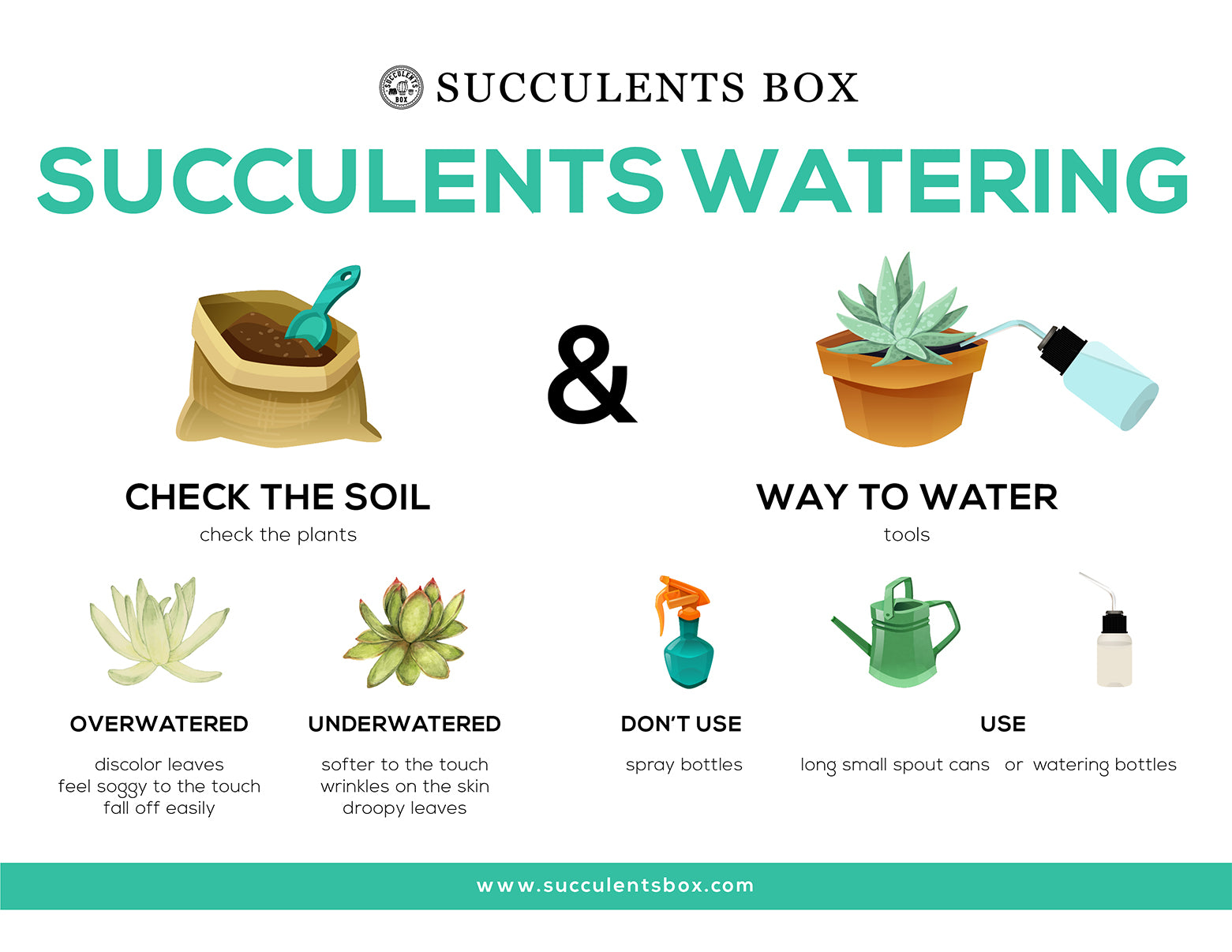Understanding how often to water a cactus can seem perplexing, especially for those new to the world of succulent plants. Cacti have evolved in arid environments, garnering a reputation for being low-maintenance, but they are not without their own particular needs. Proper hydration is pivotal to their health, and establishing a watering schedule is integral for promoting optimal growth and vitality.
A common observation among cactus enthusiasts is the duality of their nature; while these plants can survive desiccated environments, they also require precise care to thrive. Diving deeper into this fascinating interplay between water and growth reveals how a casual approach to watering could inadvertently stifle their potential.
Before establishing a watering schedule, it’s essential to appreciate the various factors influencing the hydration needs of cacti.
The Environmental Context: Where Your Cactus Lives
The environment in which your cactus resides plays a substantial role in determining how often it should be watered. Indoor climates typically differ vastly from outdoor conditions. Factors such as temperature, humidity, and light significantly impact the moisture levels that cacti require.
For instance, during the growing season—spring and summer—cacti generally experience a surge in metabolic activity. This is the time when they are actively photosynthesizing and growing, requiring more water to support this energetic phase. Conversely, the dormant season in fall and winter demands a radical shift in watering practices, as cacti enter a state of rest, requiring less frequent hydration.
Moreover, consider the placement of your cactus. A plant perched on a windowsill may require more frequent watering due to intensified sunlight compared to one situated in a shaded corner. Being cognizant of these environmental factors can substantially enhance your understanding of your cactus’s watering needs.
Understanding Soil Composition: The Unsung Hero
The soil in which your cactus is nestled serves as an indicator of its hydration needs. Not all potting mixes are created equal. A well-draining soil mix is crucial to prevent root rot, which is a common malady associated with overwatering. Cacti thrive in substrates designed to promote both aeration and drainage.
The composition is instrumental; a mix that contains coarse sand, perlite, or pumice ensures that excess moisture evaporates quickly. This is an essential characteristic because stagnant water can lead to detrimental conditions for the roots. Furthermore, the type of pot used can influence your cactus’s hydration—terra-cotta pots, for instance, are porous and allow moisture to escape more efficiently compared to plastic options.
When determining how often to water, take note of the soil’s moisture level. A simple finger test, where you insert a finger into the soil up to an inch deep, can provide insight into its hydration status. If it feels dry, it is time to water. Yet, if it remains moist, prolong the waiting period, thereby ensuring that your cactus’s roots are not sitting in waterlogged conditions.
Crafting the Perfect Watering Schedule
Now that you have assessed the external factors and soil composition, it’s time to develop a watering schedule. An established guideline for many cacti is to water them every two to three weeks during the growing season, tapering down to a more cautious approach in the winter months, where watering may only be necessary once a month or even less, depending on conditions.
Unique species of cacti have differing hydration needs as well. For example, a Saguaro cactus in its native habitat receives the bulk of its moisture during the rainy season. Alternatively, smaller species like the Easter cactus may require more regular watering. Researching the specific type of cactus in your care can inform a tailored watering regimen suited to its unique needs.
It’s advisable to water deeply yet infrequently. When you do water, do so until moisture seeps from the drainage holes at the bottom of the pot. This ensures that water penetrates deeper into the soil, encouraging a robust root system to develop. However, be cautious and avoid allowing the plant to sit in excess water, as this invites a host of issues.
Signs of Overwatering vs. Underwatering
A keen observer will notice specific signs that indicate the state of hydration of their cactus. Overwatering may present itself through yellowing skin, mushy sections, or shriveled segments where the plant appears to be losing its vigor. Conversely, underwatering is typically exhibited by a shriveled appearance or a wrinkled, deflated look, as the plant struggles to maintain adequate hydration.
Being attuned to these signs allows for quick action, enabling the caretaker to adjust their watering practices accordingly. While cacti are notorious for their resilience, maintaining a balanced watering routine is quintessential for optimal health.
Ultimately, cultivating an understanding of how often to water a cactus transcends mere frequency. It is about fostering an environment where these remarkable plants can flourish, embracing their unique adaptations and preferences. By mindfully observing their needs, adjusting based on changing conditions, and recognizing the interplay between water and growth, you wield the ability to nurture a thriving cactus that can grace your space with its distinct allure.





Leave a Comment